2022 marks the Wildlife Conservation Network’s (WCN) 20th anniversary, an incredible journey supporting field conservationists who ensure endangered wildlife have a future coexisting and thriving alongside the people who share their habitat. This has been WCN’s mission for two decades, and every stride towards this mission is made possible thanks to the generosity of our community of supporters. Together, we have had an unbelievable impact for wildlife on every continent, tackling some of their biggest threats and helping pave the way for their recovery. In honor of our 20th anniversary, let’s take a look back at WCN’s history and some of our Network’s most remarkable achievements.
A New Approach to Conservation
This journey began in 2001, when Charles Knowles and Akiko Yamazaki first joined together with an ambitious vision—to combine their passions for philanthropy and wildlife with their experience in Silicon Valley’s culture of innovation. When they met at an event honoring Dr. Jane Goodall, they began developing a new conservation model that could address the rapid decline of wildlife species around the world.
In 2002, Charles, Akiko, and renowned conservationist John Lukas officially founded WCN. What makes WCN unique is its novel approach—combining conservation experience and business acumen to funnel support to independent conservationists with great potential to create lasting impacts. WCN brings those who care about wildlife together with the conservationists who can most benefit from their support. By having direct access to conservationists, donors can develop personal relationships with those they support and hear directly from them how those donations translate to effective wildlife protection. WCN’s 100% model ensures that every cent donated for a specific species goes directly to the field, which helps donors see the full impact of their generosity.
Growing our Partner Network
When WCN first launched, six amazing organizations formed our Network—Cheetah Conservation Fund, Ethiopian Wolf Conservation Program, Okapi Conservation Project, Save the Elephants, Small Wild Cat Conservation Foundation, and Snow Leopard Conservancy. These trailblazers introduced our audience to fascinating animals living in wild places across the globe, and as our community grew over the years, so did our cohort of Conservation Partners.
Between 2003 and 2016, we welcomed 11 additional Partners to our Network. Each of these organizations exemplifies the values that WCN believes are essential to effectively saving wildlife, and they helped us expand our reach to new landscapes on new continents. WCN protects Andean cats and cotton-top tamarins in South America, Grevy’s zebras and painted dogs in Africa, saiga antelope and snow leopards in Asia, and sharks and penguins throughout the world’s oceans, to name a few of the species under our wing. And earlier this year, Conservation Through Public Health and Rwanda Wildlife Conservation Association joined WCN, adding mountain gorillas and grey crowned cranes, respectively, to our list of represented species. We are beyond fortunate to work with so many phenomenal Conservation Partners, who tirelessly carry out the critical fieldwork that protects wildlife and engenders coexistence between wildlife and local people.
Saving Species Across Their Habitats
Over the years, it became clear that some species faced widespread challenges that a single organization on the ground could not fully tackle. To address this need, we formed a new branch to fulfill our mission—Wildlife Funds, which invest in the most effective projects from a wide array of organizations to protect species across their entire habitats.
In 2013, as elephants faced rampant poaching throughout Africa, WCN and our Partner, Save the Elephants, knew something must be done to eliminate this crisis. Together, we founded the Elephant Crisis Fund (ECF) to stop the ivory crisis. To date, the ECF has raised over $33 million to safeguard the future of elephants. Through the ECF, we created a new model of support at WCN. In 2017, we launched our second Wildlife Fund to recover lion populations that had been reduced by half over the past 25 years. The Lion Recovery Fund protects lions and their landscapes and has raised nearly $26.5 million to date. The Pangolin Crisis Fund and the Rhino Recovery Fund followed in 2019 and 2020, respectively, to save pangolins from extinction, help rhino populations recover, and fight the illegal wildlife trade that plagues both species. Collectively, these four Funds have supported over 600 projects in 50 countries around the world.
Using the same model of combining donor contributions and granting them to impactful projects, WCN created a new Fund in 2020—the Emergency Relief Fund (ERF)—to support struggling conservationists during the COVID-19 pandemic. The ERF has since expanded to help conservationists get through a variety of emergencies, such as drought. Additionally, in 2021 we expanded our reach into North America for the first time by launching the California Wildlife Program (CWP), which restores and connects habitats to benefit pumas and other California wildlife. During the height of the COVID-19 pandemic, the ERF issued nearly $425,000 in emergency funding to our Partners and Fund grantees to continue core programs that protected wildlife. And as its first major action just after launching, the CWP helped purchase 540 acres that connect key California habitats to protect it from land development and maintain vital wildlife corridors.
Investing in Local Leaders
One of WCN’s founding principles is that you can’t take care of wildlife if you don’t take care of those living beside them. Local people are wildlife’s true stewards, so to support conservationists from within these communities, WCN launched its Scholarship Program in 2006. To date, this program has supported 154 emerging conservationists across 46 countries, helping fund their studies so they can take prominent roles as tomorrow’s conservation leaders.
And for local conservationists who are already established and looking to expand their skills, WCN’s new Career Program invests in the growth of those already leading conservation efforts in their communities. In 2021, its inaugural year, the Career Program invested in six promising conservationists so they can create longer lasting impacts for wildlife and local communities. By investing in local leadership, we can help make the conservation field more equitable and sustainable for future generations.
Building a Community for Wildlife
WCN’s focus on community extends to everyone in our Network, including our generous supporters. For two decades, our Wildlife Conservation Expos have been the highlight of the year, bringing together wildlife enthusiasts and conservationists to celebrate our planet’s irreplaceable wildlife and show how much we can accomplish when we work together. This event has historically been in-person, but we have also taken Expo online in recent years to welcome a wider global audience. Our first-ever Expo was held in 2002, drawing a crowd of 400 attendees. This figure has grown dramatically; last year, Expo welcomed over 3,800 virtual attendees from Peru to Kenya to Iran and beyond. Our community is the backbone of WCN, and we always look forward to reconnecting with conservationists and supporters during Expo.
What We’ve Accomplished Together
WCN was founded on the premise that everyone can truly make a difference for wildlife, and for 20 years, our supporters have proven this to be true. Together, we’ve helped populations of Critically Endangered saiga antelope increase across Central Asia, we’ve reintroduced rhinos to a part of Zimbabwe where they had been poached to extinction, and we’ve helped raise the population of lions in the Central African Republic by 50 percent. We’ve helped build new havens for penguins in Patagonia, cotton-top tamarins in Colombia, and spectacled bears in Peru. We’ve helped keep fragile populations of Ethiopian wolves and mountain gorillas free from disease, we’ve supported the fight against wildlife traffickers targeting pangolins across Asia and Africa, we’ve contributed to the protection of sharks and rays throughout the world’s oceans, and so much more.
Because of our donors’ generosity, over the past 20 years we have been able to raise over $170 million for conservation. In the years to come, WCN will focus on adding new threatened species to our Network, investing in the future of more local conservationists, and continuing to connect a full-hearted, global community of wildlife advocates. We remain in awe of what we have been able to accomplish thanks to the tremendous generosity of our donors and we are eager to continue our incredible journey of saving wildlife and wild places around the world.
Support Wildlife Conservation Network
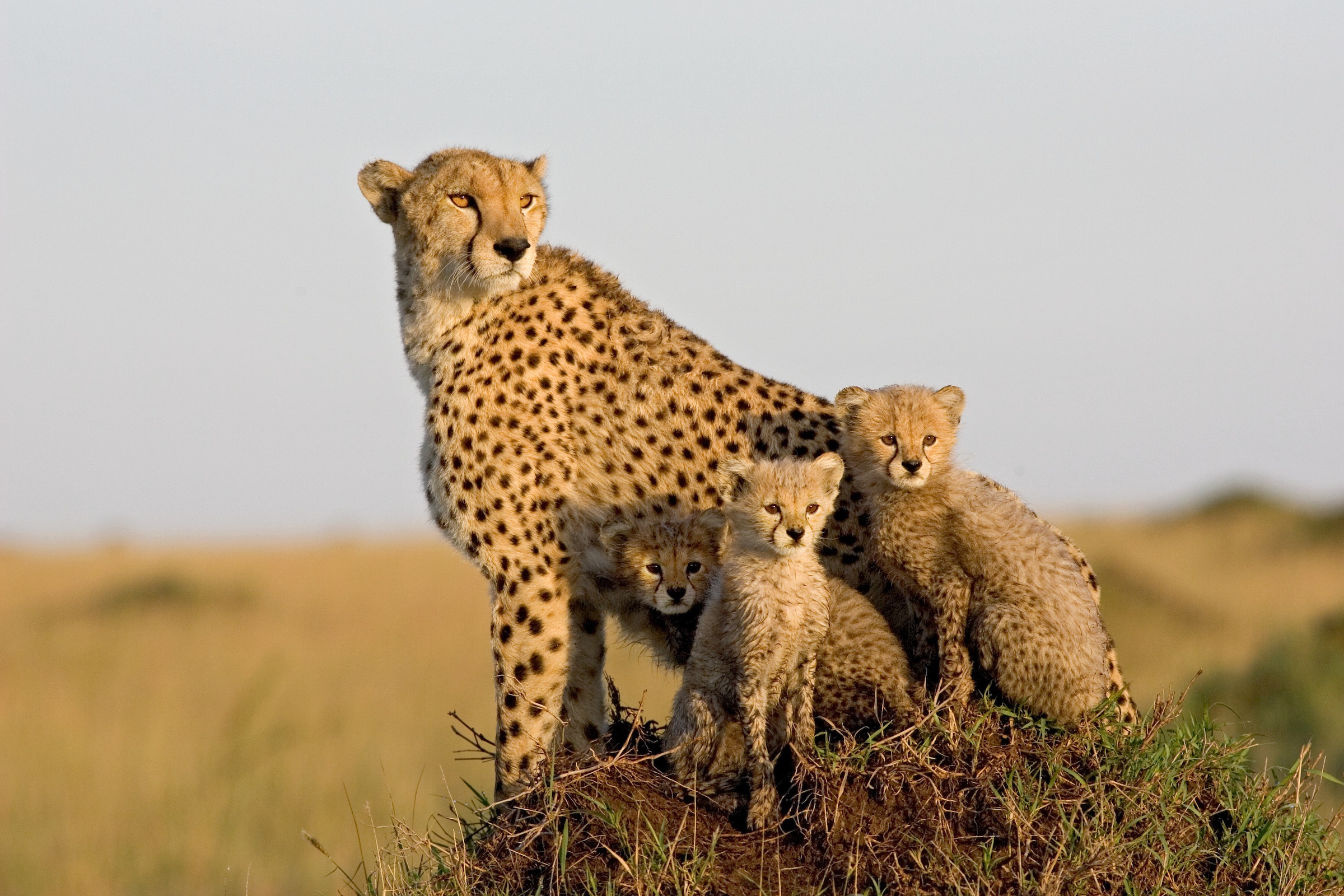
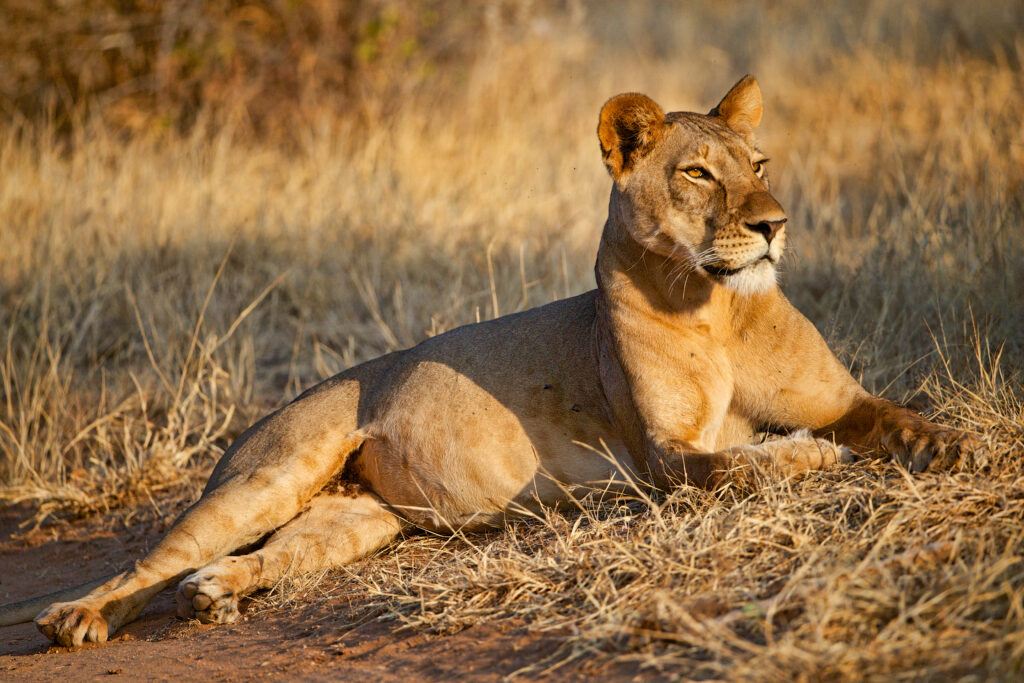
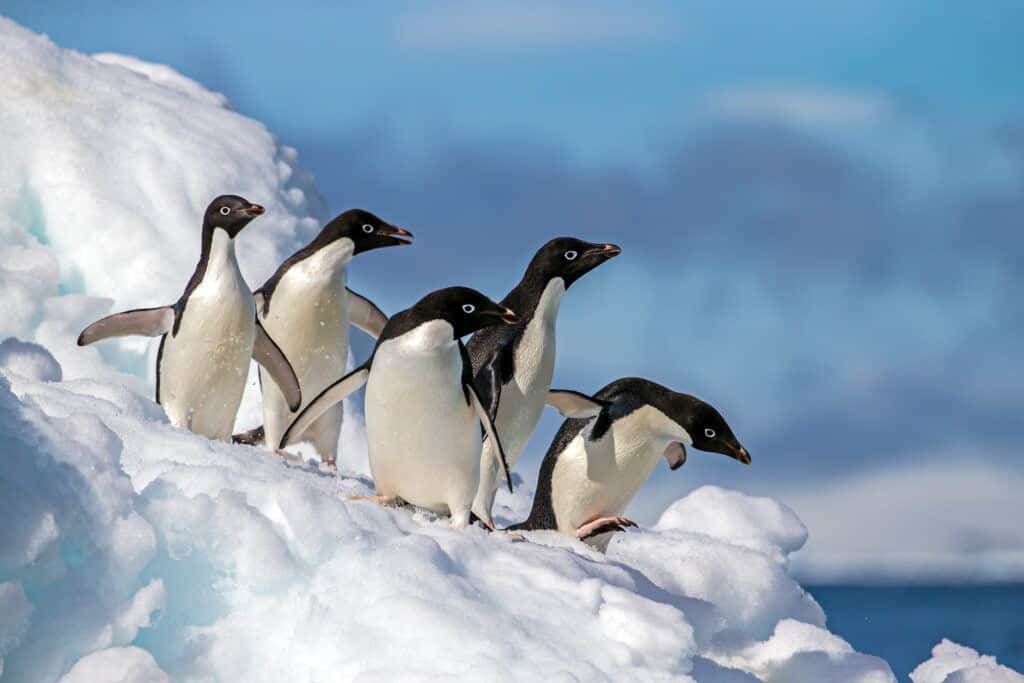
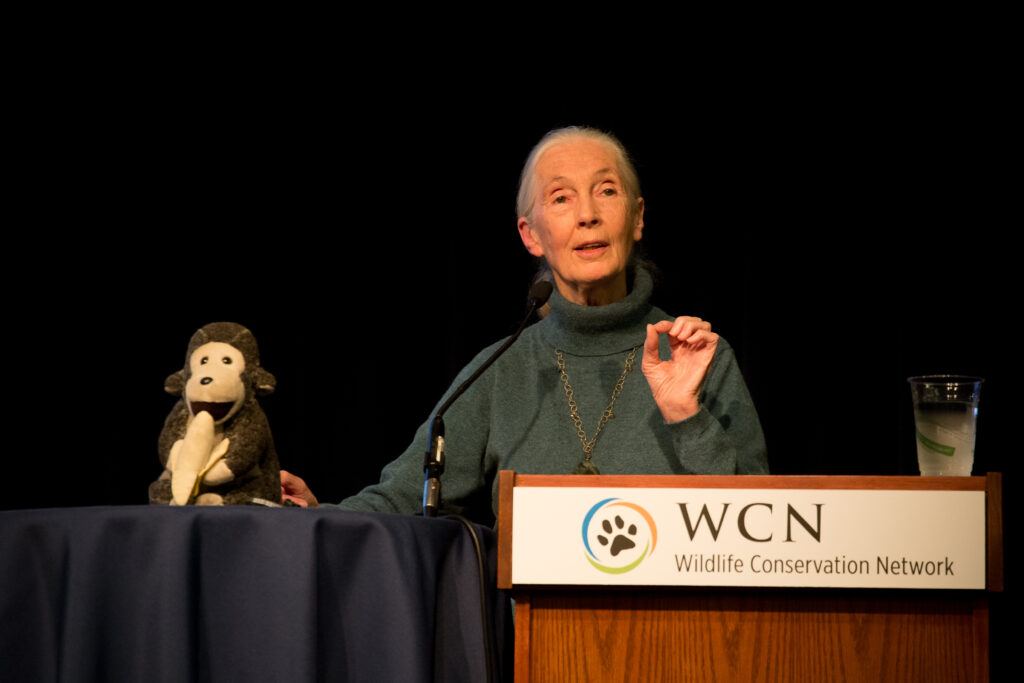
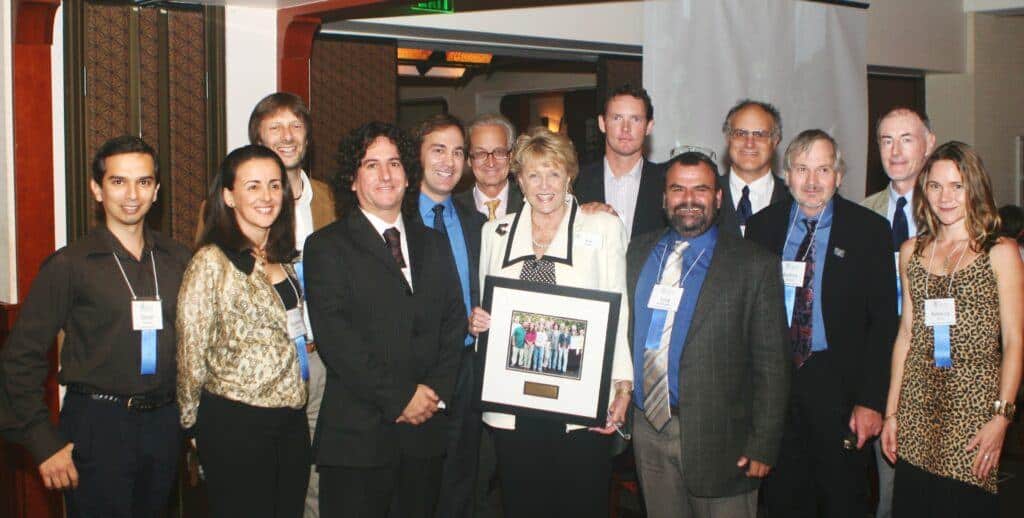
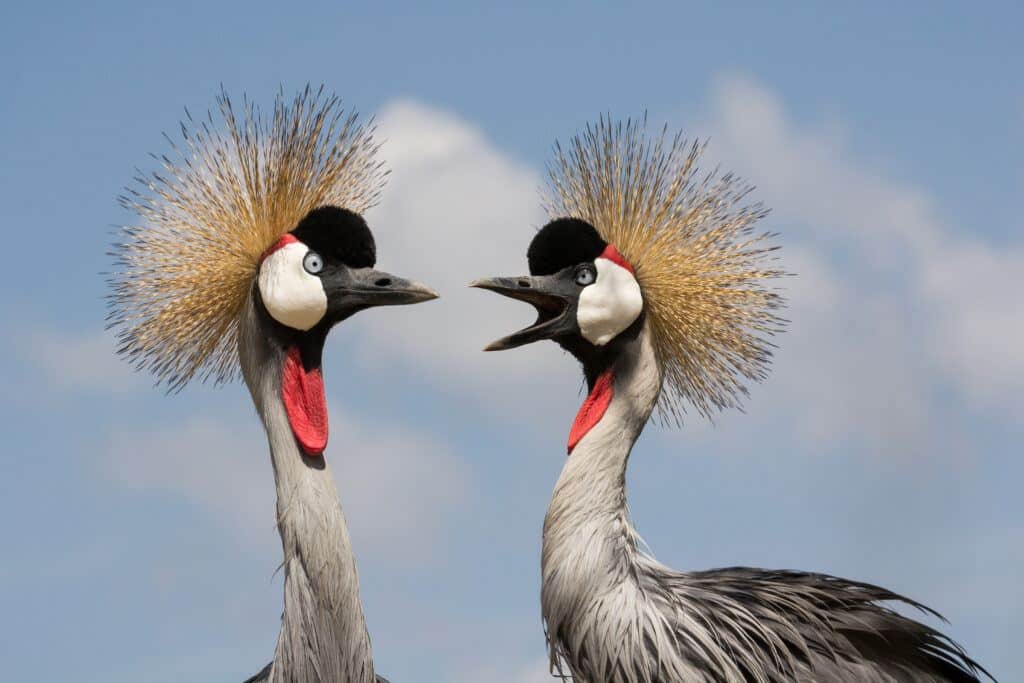
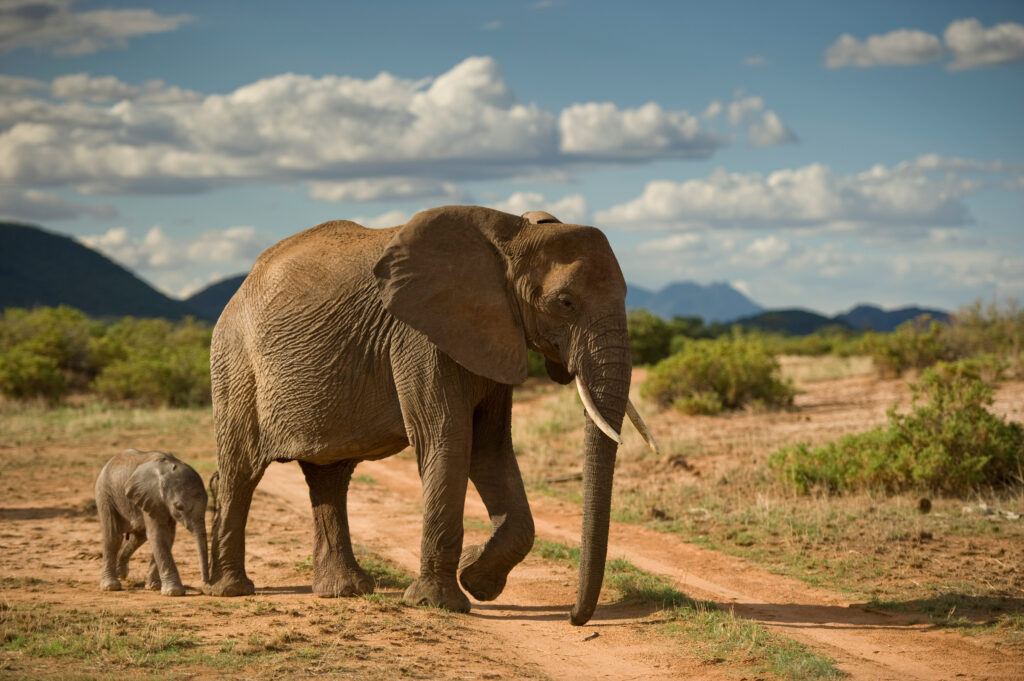
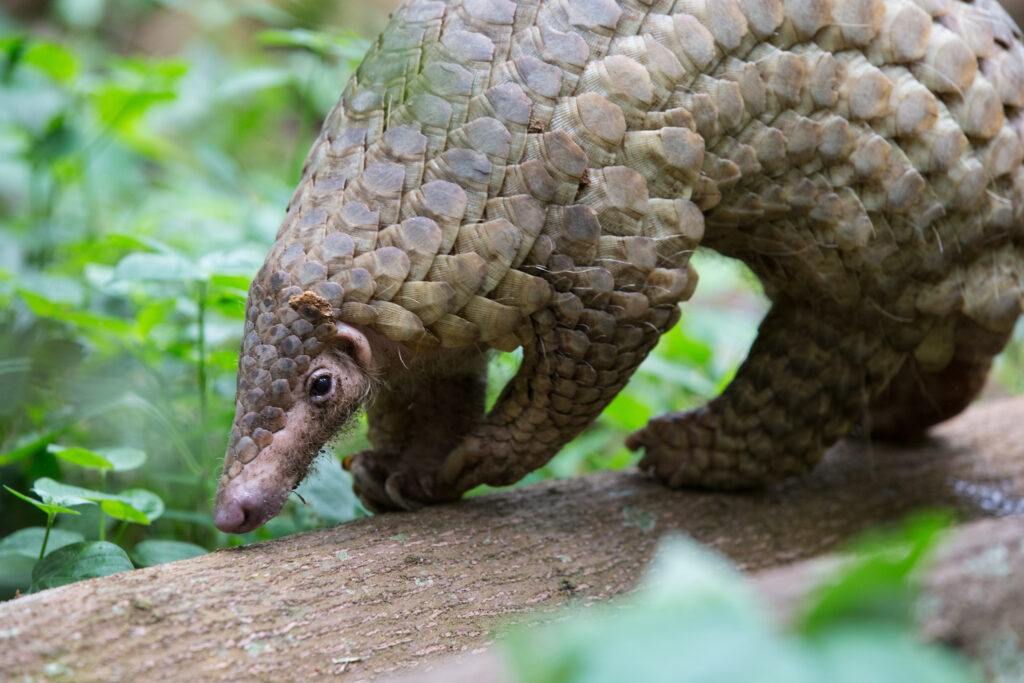
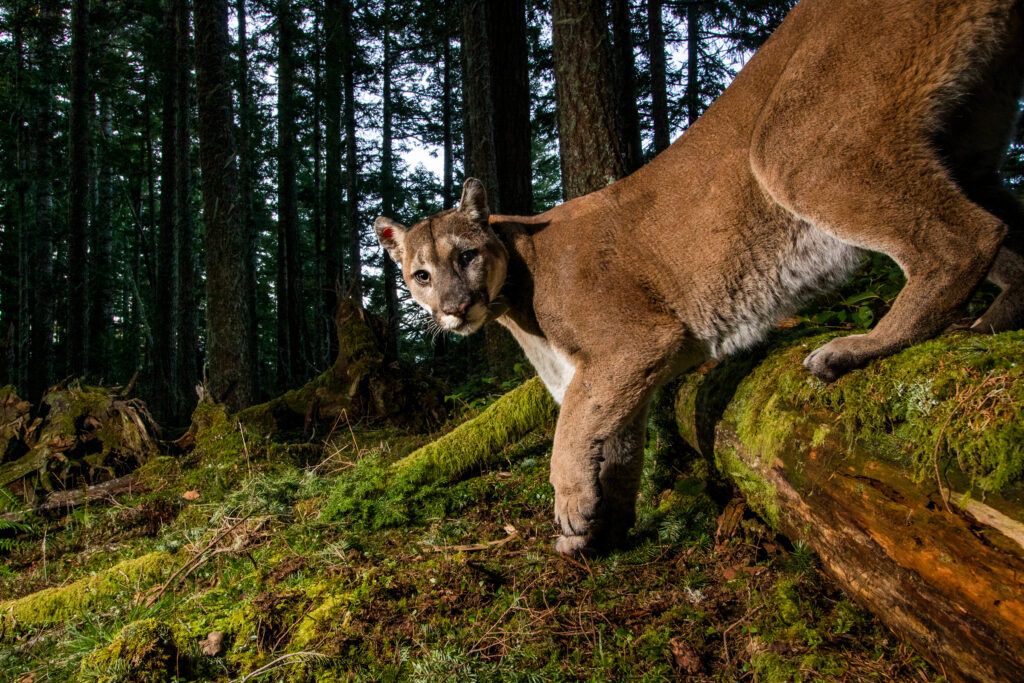
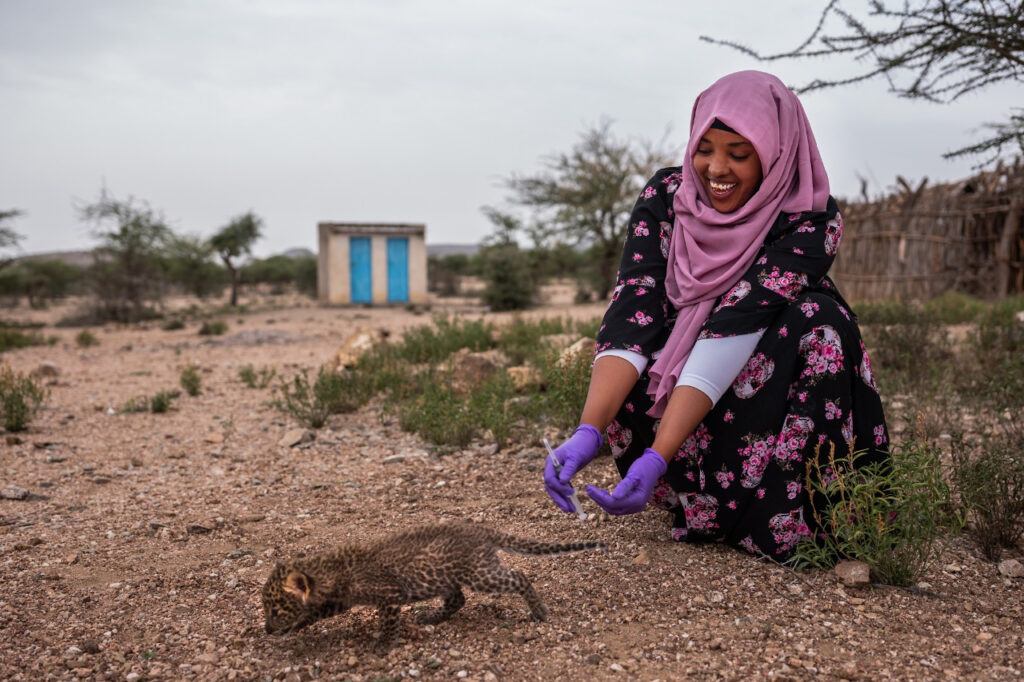
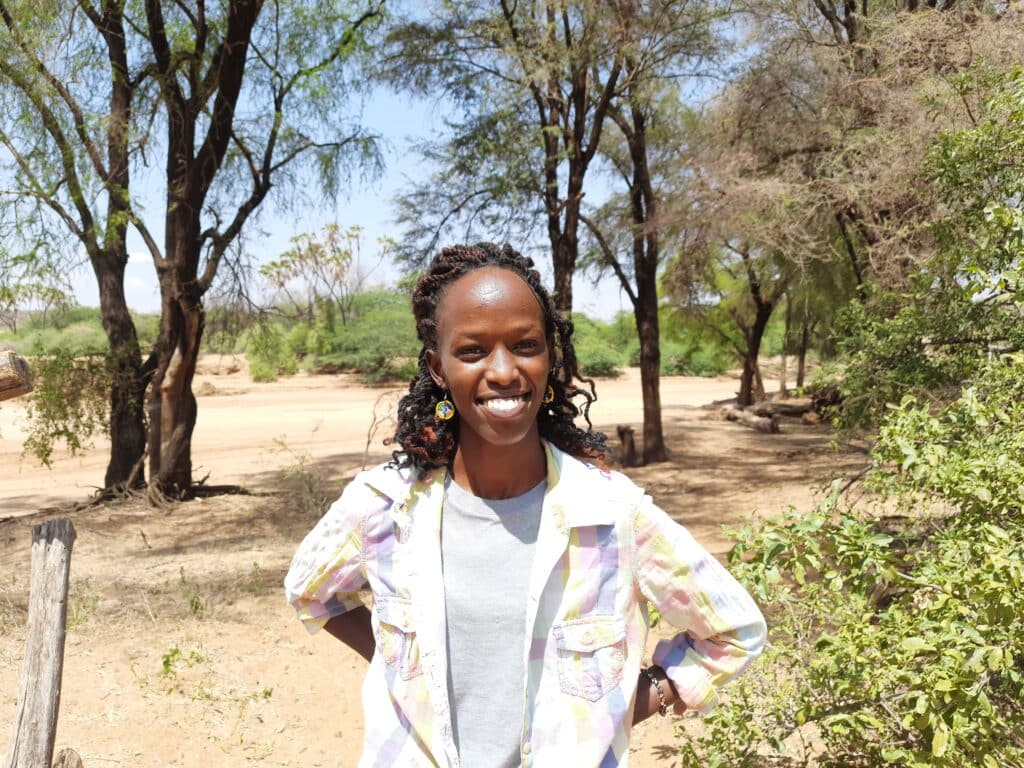
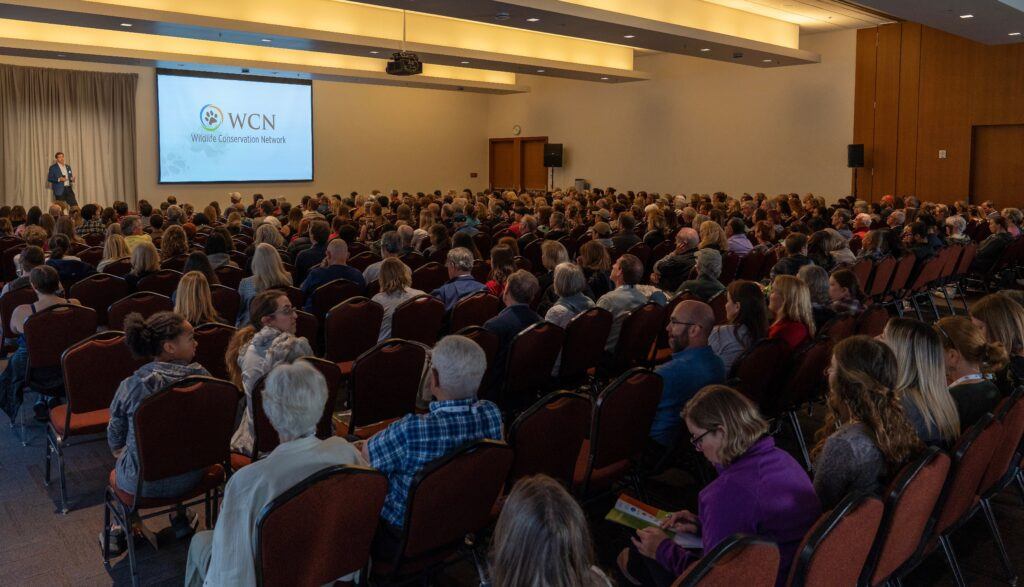

5 Comments